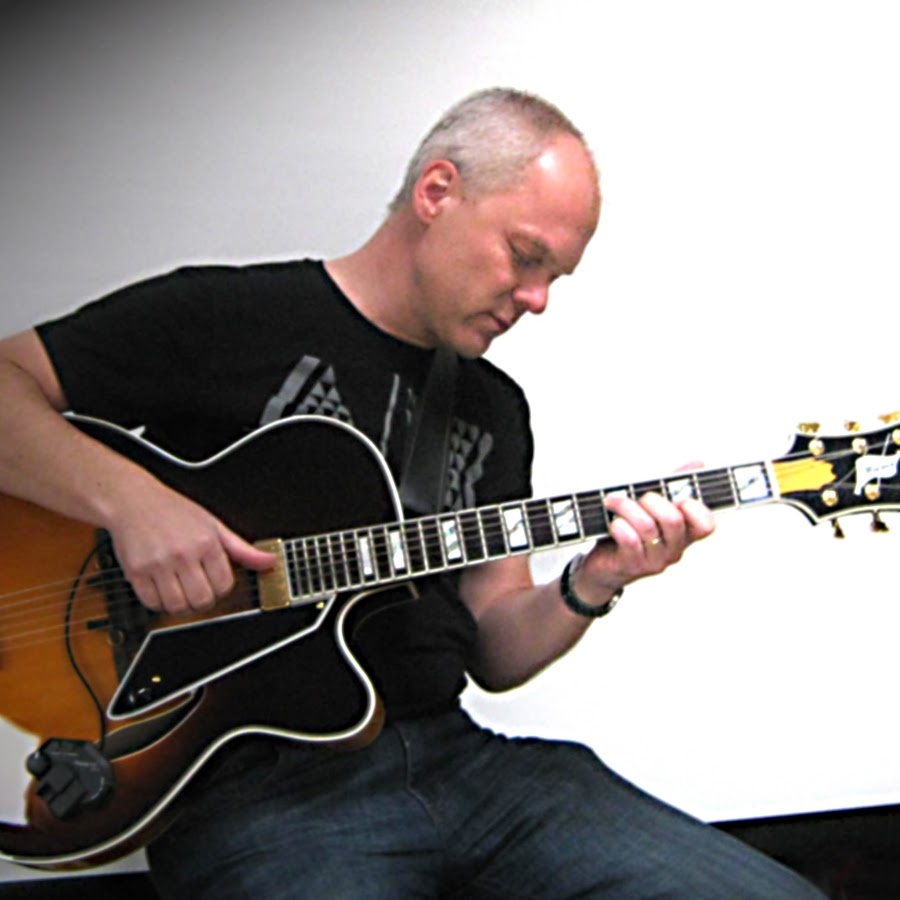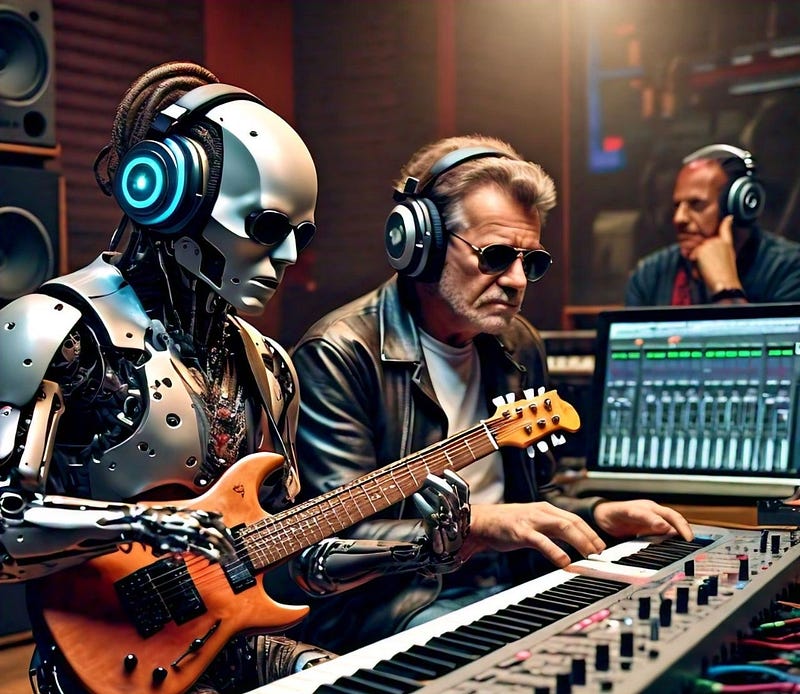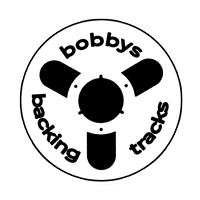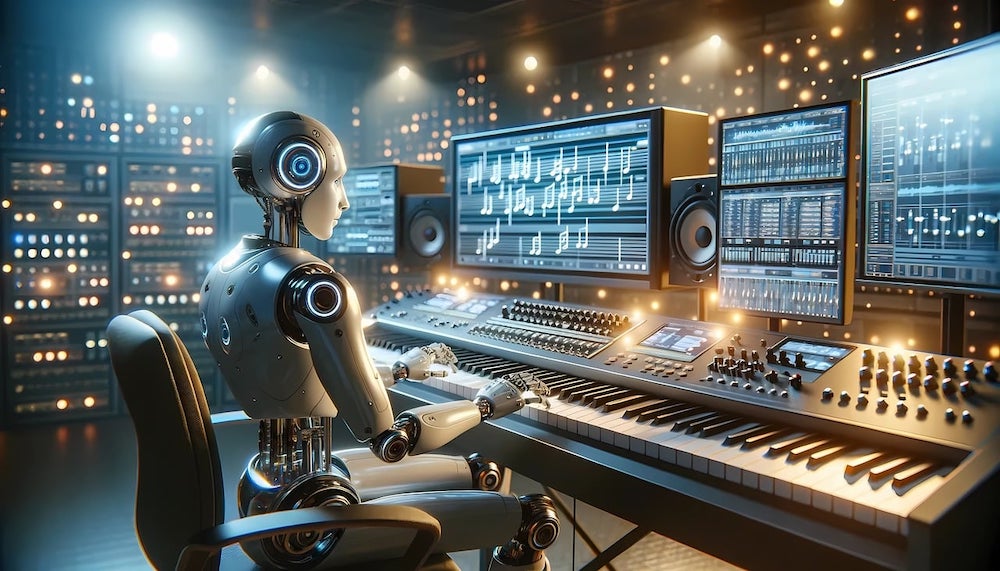We asked AI if we as musicians should be worried about the rise of AI and this is what ‘it’ told us..
Music’s emotional foundation: Explores the psychological relationship between human affect and music, covering developmental and cultural aspects.
· The mechanics of emotion: Examines structural and performance features that create musical emotion using a table for clarity.
· The human advantage: Contrasts human lived experience with AI’s limitations in genuine emotional creation.
· AI as collaborative tool: Discusses practical integration of AI in music creation while preserving human artistry.

Music has always been the most direct expression of what it means to be human – a complex tapestry woven from our deepest emotions, cultural experiences, and shared humanity. While artificial intelligence threatens to automate countless industries, including music creation, the emotional core of artistic expression remains fundamentally beyond its reach. For your business creating backing tracks, understanding this distinction isn’t just philosophical; it’s essential to maintaining your competitive advantage in an increasingly automated world.
The Emotional Foundation of Music
Research into music and emotion reveals a profound psychological relationship between human affect and musical expression that begins in our earliest development. Infants demonstrate preference for positive speech and happy music, while children as young as three can identify happy or sad emotions in music based on major or minor modes, with this emotional perception refining throughout childhood . This developmental trajectory highlights how deeply intertwined musical understanding is with human growth. The emotional impact of music isn’t merely subjective; it manifests physiologically – listening to music triggers the cerebellum, increases dopamine levels, and decreases cortisol in the brain . These measurable responses underscore music’s innate connection to our biological functioning, something AI can simulate but never genuinely experience.
The cultural dimensions of musical emotion further demonstrate its inherently human character. While basic emotional features in music may be universally perceived, people more easily perceive nuanced emotion in music from their own culture . This cultural specificity means that meaningful musical expression requires deep understanding of human communities and traditions – knowledge that AI must borrow rather than originate.
The Mechanics of Musical Emotion
Human composers intuitively understand and manipulate specific musical features to evoke emotional responses, a nuanced artistry that AI struggles to replicate authentically. These structural and performance elements work in concert to create music’s emotional impact:
Structural Feature Associated Emotions Performance Considerations
Tempo (speed/pace) Fast: arousal, excitement; Slow: calm, sadness Human performers provide subtle rhythmic variations (rubato) that create emotional tension and release
Mode (scale type) Major: happiness, joy; Minor: sadness The choice between major and minor is just starting point—human performers add emotional color through articulation and phrasing
Harmony (chord progressions) Resolving harmonies: tension and release; Unexpected harmonies: surprise Human understanding of emotional context guides harmonic choices in ways that serve the song’s narrative
Loudness/Dynamics Louder: higher arousal; Softer: intimacy, contemplation The human-controlled swell and decay of volume creates emotional journeys impossible to notate precisely
Style/Articulation Legato: calm, sad, cohesive; Staccato: tense, energetic These articulations are executed with human variability and feeling rather than mechanical precision

Beyond these technical elements, human performers bring something irreplaceable: the ability to infuse music with what philosopher Stephen Davies terms “appearance emotionalism” – the way music resembles human expressions of emotion through structure and form, causing listeners to feel associated emotions . This connection to human behavior and expression represents a fundamental gap in AI’s capabilities.
The Human Advantage: Lived Experience and Cultural Context
The most significant limitation of AI in music creation lies in its fundamental detachment from lived human experience. As Frank Zappa aptly observed, “The computer can’t tell you the emotional story. It can give you the exact mathematical design, but what’s missing is the eyebrows” . This missing “eyebrows” represents all the subtle, unquantifiable elements of human expression that transform technical execution into meaningful art.
Human-created music draws from the full spectrum of lived experience – personal relationships, cultural traditions, joy, loss, and everything between. Consider the origin of hip-hop, which emerged from “a mixture of black, latino and Caribbean youth in 1970s New York Bronx, protesting and expressing their rage and pain in a time of economic downward spiral” . An AI might technically replicate the musical patterns of hip-hop, but it cannot access the authentic human struggle and cultural context that gave the genre its emotional power and cultural significance.
This limitation manifests practically in what Wharton researchers have identified as AI’s tendency to generate similar ideas, reducing the variety essential for breakthrough innovation . When creating music, AI systems typically produce what one researcher describes as “the least interesting choices possible,” which is why AI-generated content often feels bland and derivative . Without human guidance, curation, and emotional intelligence, AI music lacks the distinctive qualities that make artistic expression meaningful.
AI as Collaborative Tool Rather Than Replacement
This isn’t to suggest that AI has no role in music’s future. When used as a collaborative tool rather than a replacement for human creativity, AI can assist with sound design, pattern generation, and technical elements . This allows human creators like yourself to focus on the higher-level emotional and expressive elements that distinguish compelling backing tracks from generic ones.
Platforms like Spotify are recognizing this distinction, implementing protections against AI impersonation and requiring disclosures for AI-generated content . These industry responses acknowledge that while AI may change how some music is created, listener demand for authentic human artistry persists.

Conclusion: The Irreplaceable Human Element
For your business of creating backing tracks, the path forward lies not in rejecting AI technology entirely, but in leveraging your inherently human advantages. The emotional connection you forge with musicians, your understanding of their artistic intentions, and your ability to translate human experiences into musical expression represent capabilities beyond AI’s reach.
As one artist collective wisely noted, “Human artists will be fine, so long as we don’t delude ourselves that the culture and media landscape are not about to change considerably” . The future of music isn’t about choosing between technology and humanity, but about recognizing that the most powerful artistic expressions will always emerge from the intersection of technical skill and genuine human emotion.
By embracing your role as a human creator and focusing on the emotional depth that distinguishes your work, you can navigate the age of AI without sacrificing the artistic integrity that makes your backing tracks resonate with musicians. The quintessential human nature of musical expression ensures that while AI might generate competent musical patterns, it cannot replicate the soul that transforms sequences of notes into songs that truly move us.
Peace harmony and Love
Bobby


